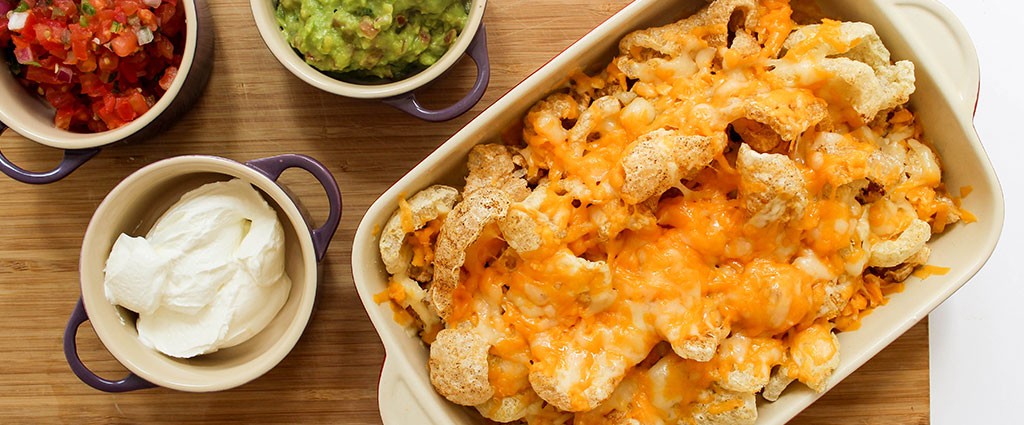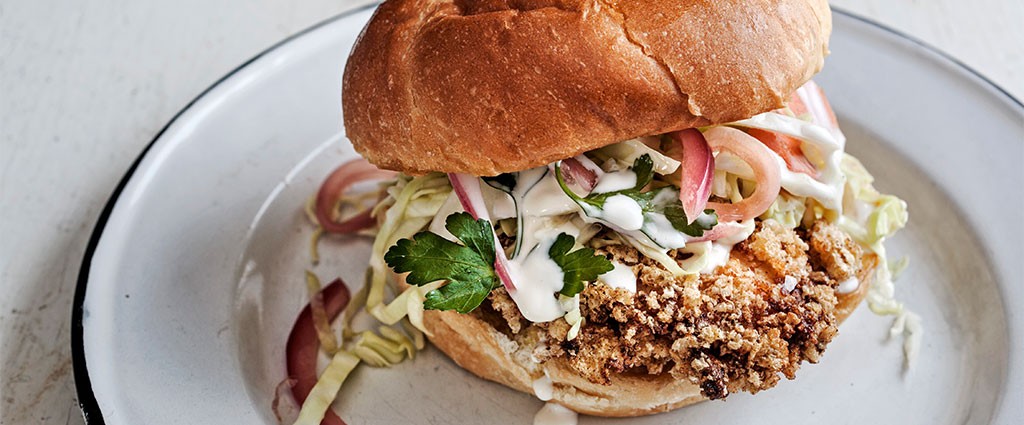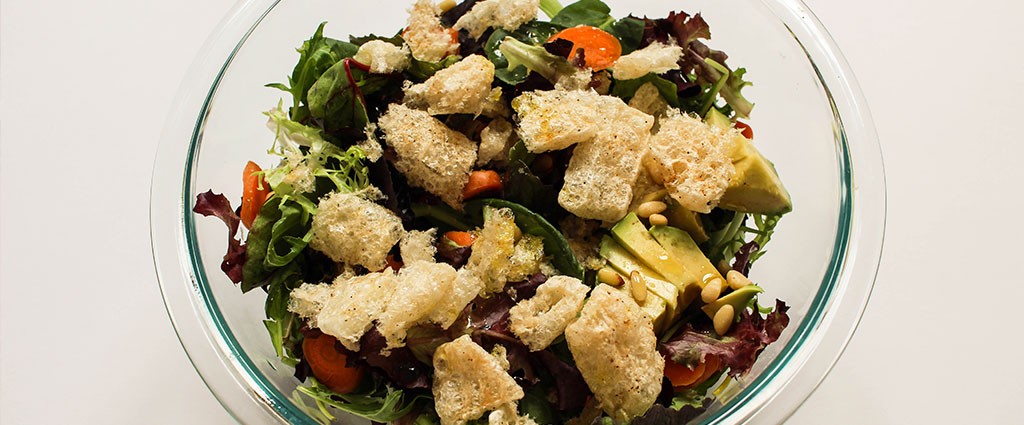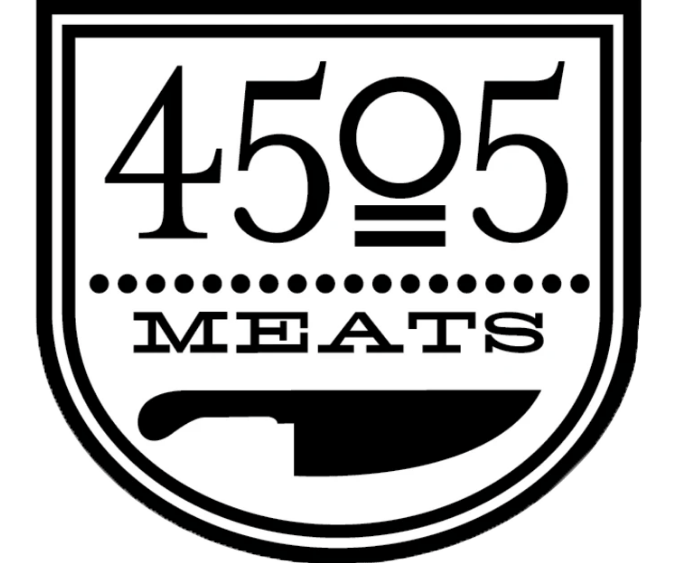The Butcher Life: Meet Chef Ryan Farr of 4505 Meats
We sat down with the founder of 4505 Meats to talk about what inspired him to become a chef, and how his side hustle making chicharrones in his home kitchen turned into a booming business.
By MEGHAN RABBIT
Ryan Farr took one bite of a patty melt when he was 15 years old and knew he’d be a chef one day. He was working as a dishwasher at Perkins restaurant in Denver, Colo., and was allowed to choose anything off the menu for his lunch break. He’d never tasted a patty melt before his first bite; it’s essentially a burger cooked on a griddle, topped with gruyere and swiss cheese and caramelized onions, and served on toasted rye bread.
“I had that first patty melt sandwich and that was the game-changing moment,” says Farr. “I was hooked.”
Farr would go on to work at restaurants in South Dakota, St. Croix and New York City, where he went through formal training at the Institute of Culinary Education. Then he moved to California, where he worked in Napa Valley and San Francisco, where he lives and works today.
Farr first found chicharrones—fried pork skins—in the small neighborhood markets of the Mission District and realized creating his own recipe would be a great way to use the leftover pork skin he often tossed when butchering pigs at the restaurant. He started frying those pork skins at home, packaging them and walking around the neighborhood to local bars and markets to make some extra money. But what started out as a side hustle quickly became a thriving business. Farr moved his operation to a commercial kitchen, and 4505 Meats was born.
We sat down with Chef Farr to learn more about his experience in the kitchens of some of the leading restaurants in the world, why he decided to get into the chicharrones business, and what he wishes more people would understand about sustainable meat.
Live Naturally: Tell us a little more about the start of your culinary career. What drew you to the industry? What hooked you?
CHEF FARR: I started washing dishes when I was 15 years old and have been in the food world my whole life. After I had that first taste of a patty melt, I guess you could say I started chasing the patty melt dragon! Out of high school, I worked at a catering company, and then I moved around working in kitchens in South Dakota, St. Croix and New York City. I loved food and really didn’t want to do anything else.
LN: Can you point to one specific moment in your career where you knew you were doing what you were destined to do?
CHEF FARR: There are so many memories that come to mind, but one that makes me smile happened when I was in Calistoga, in Napa Valley. It was a hot summer day during tomato season, and I went to the garden where we got a lot of our veggies at the restaurant where I worked at the time. They’d just picked the tomato off the vine and I ate it like an apple. My mind was blown. It tasted like nothing I’d ever had before. It dribbled all over my shirt and I didn’t care. I think I was going to a date right after that and I was like, “Whatever, this tomato is too good to not eat like this. I don’t care if I don’t have time to change my shirt.” That’s when I fell in love with California veggies, and the idea that if it grows together, it goes together.
It was kind of like that patty melt moment. I knew I wanted to work with and create delicious food.
LN: Tell us a little more about how you started making chicharrones.
CHEF FARR: When I moved to San Francisco, I worked in fine dining restaurants and learned how to butcher and use all of the animal. One thing that always bothered me is that I’d have to throw out a lot of skin. I’d serve it to our staff for our family meals until they started saying things under their breath like, “Oh great, skin again.” So, I developed a method of making chicharrones.
I started working for a non-profit, which was so fulfilling—but it wasn’t paying the bills. When my first son was on the way, I needed to make more money. Diapers aren’t cheap! So, I started selling my chicharrones to anyone who’d buy them in the Mission District. I was having so much fun. I wasn’t making a ton of money, but I knew there was something there—especially as high-protein, high-fat diets and lifestyles started getting more and more popular. I started selling my chicharrones at farmer’s markets and ultimately needed to rent a commercial kitchen one day a week, then two, then three. That was 11 years ago now. It’s been quite a journey.
LN: What do you wish more people would understand about 4505 Meats—and sustainability?
CHEF FARR: Sustainability is something we put a lot of thought into, and it involves everything we do. I think most people want to know about ingredients and if those are sustainable. But I believe it’s about more than that. It’s about the packaging, and the health and happiness of the team. I believe sustainability starts with the people, and everything else follows.
I’m proud of what we’ve done with our chicharrones. Skin is almost always considered a waste product in the food industry. But when you render it down and use its own lard to fry it, it becomes this delicious product. It’s really simple, and truly sustainable.








Share this Post